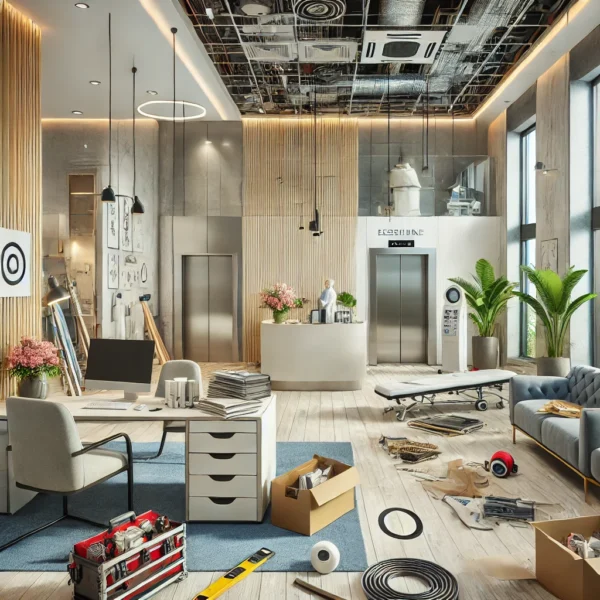
Maximising Capital Allowances: A Case Study on Transformative Tax Savings for a Medical Practice
In the realm of business finance, capital allowances stand as a significant but often underutilised tax relief tool. These allowances can substantially reduce tax liabilities for businesses, particularly when it comes to large-scale investments in property and equipment. A prime example of how capital allowances can be effectively harnessed is seen in the case of a multi-partner medical practice that embarked on extensive extension and refurbishment works to their facility.
Background of the Project
The medical practice in question undertook a major renovation project, with total expenditures exceeding £1.6 million. The project was crucial for enhancing the facility’s capabilities and included both an extension and refurbishment of the existing structure. The contract for the project was structured on a design and build basis, which typically presents a challenge in breaking down the tender cost into specific, claimable items.
Challenges in Identifying Claimable Items
Initially, the breakdown of costs was minimal, covering a broad scope of work without detailed itemisation. This posed a significant challenge in identifying which parts of the expenditure were eligible for capital allowances. Typical claimable items in such projects include:
- Doctor call systems
- Reception desks
- Passenger lifts
- Induction loops
- Heating systems
- Sanitary appliances
Strategic Analysis and Approach
Our approach involved a meticulous analysis of the property, distinguishing between expenses associated with the original structure and those related to the extension. This distinction is crucial as it impacts the eligibility and extent of capital allowances that can be claimed.
Given the complex ownership structure of the practice, it was imperative to tailor the strategy to align with specific tax implications and opportunities. This comprehensive analysis allowed us to maximise the claimable capital allowances.
Results and Tax Savings
The outcome of our detailed capital expenditure analysis was highly beneficial for the client. By precisely identifying and categorising eligible expenditures, and considering the opportunities for Enhanced Capital Allowances, we were able to secure substantial tax savings. The medical practice achieved a tax saving of over £320,000, with additional specific savings amounting to £78,508 due to strategically purchasing items that qualified for Enhanced Capital Allowances.
Key Takeaways
This case study underscores several critical points for businesses considering large-scale property improvements:
- Detailed Documentation and Analysis: Maintaining thorough documentation and conducting deep analyses can uncover significant tax-saving opportunities through capital allowances.
- Professional Guidance: Engaging with professionals who specialise in capital allowances can provide essential insights and strategies, particularly when dealing with complex projects and funding arrangements.
- Strategic Purchasing: The choice of materials and equipment in construction or renovation projects should be informed by their eligibility for tax reliefs, maximising the financial benefit to the business.
Conclusion
Capital allowances represent a potent tool for businesses to manage tax liabilities effectively, particularly during significant capital expenditures. The case of the multi-partner medical practice not only highlights the transformative potential of these tax reliefs but also illustrates the value of expert involvement in navigating the complexities of capital allowances claims.
For any business planning substantial investments in property or equipment, understanding and leveraging capital allowances is essential. It not only aids in immediate tax relief but also strengthens long-term financial planning and investment returns.
Get in touch
Schedule a consultation with our tax specialists today:
| Salman Sadiq, Director
Email: salman@cpatax.co.uk |
Babar Khan, Director
Email: bk@cpatax.co.uk |
